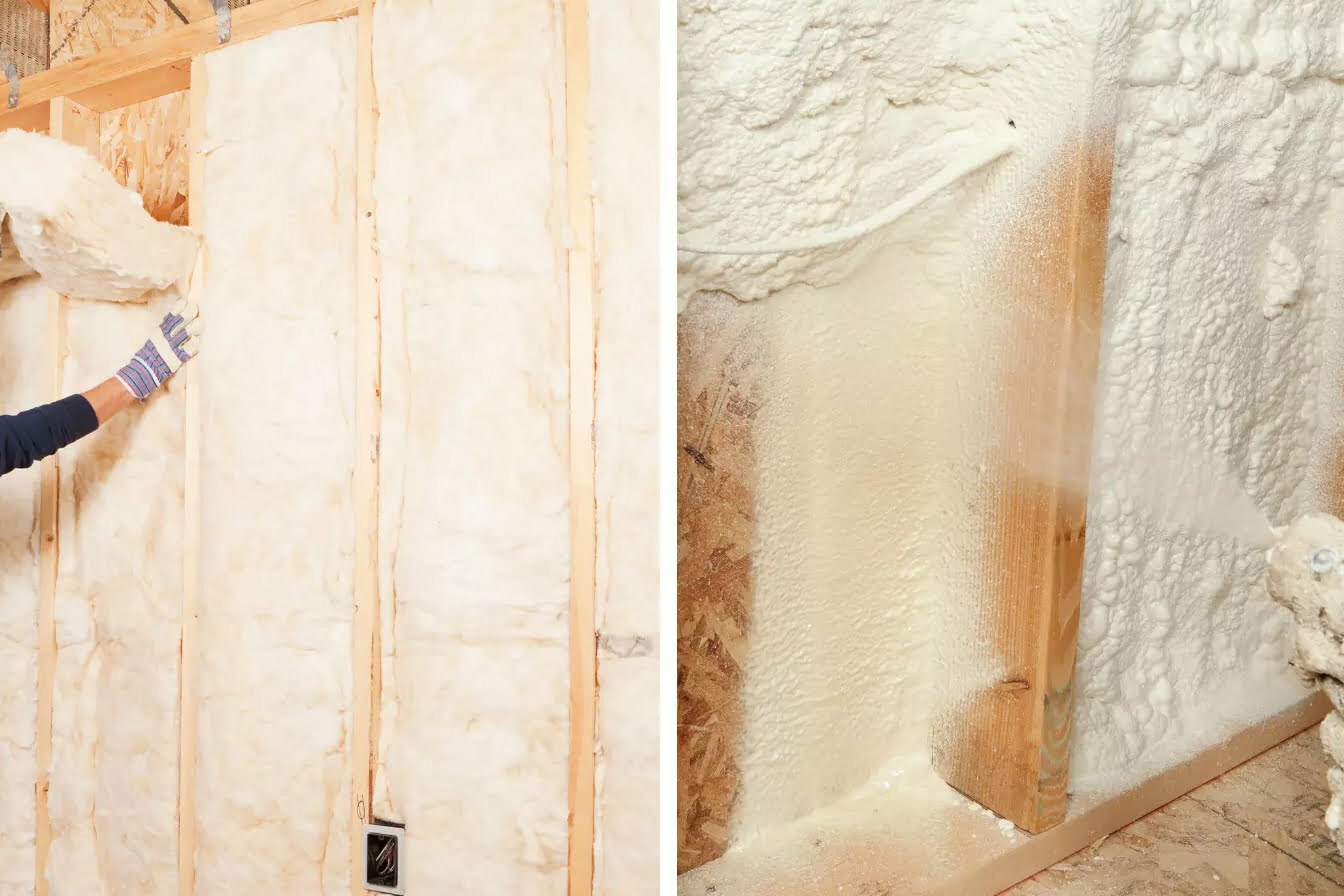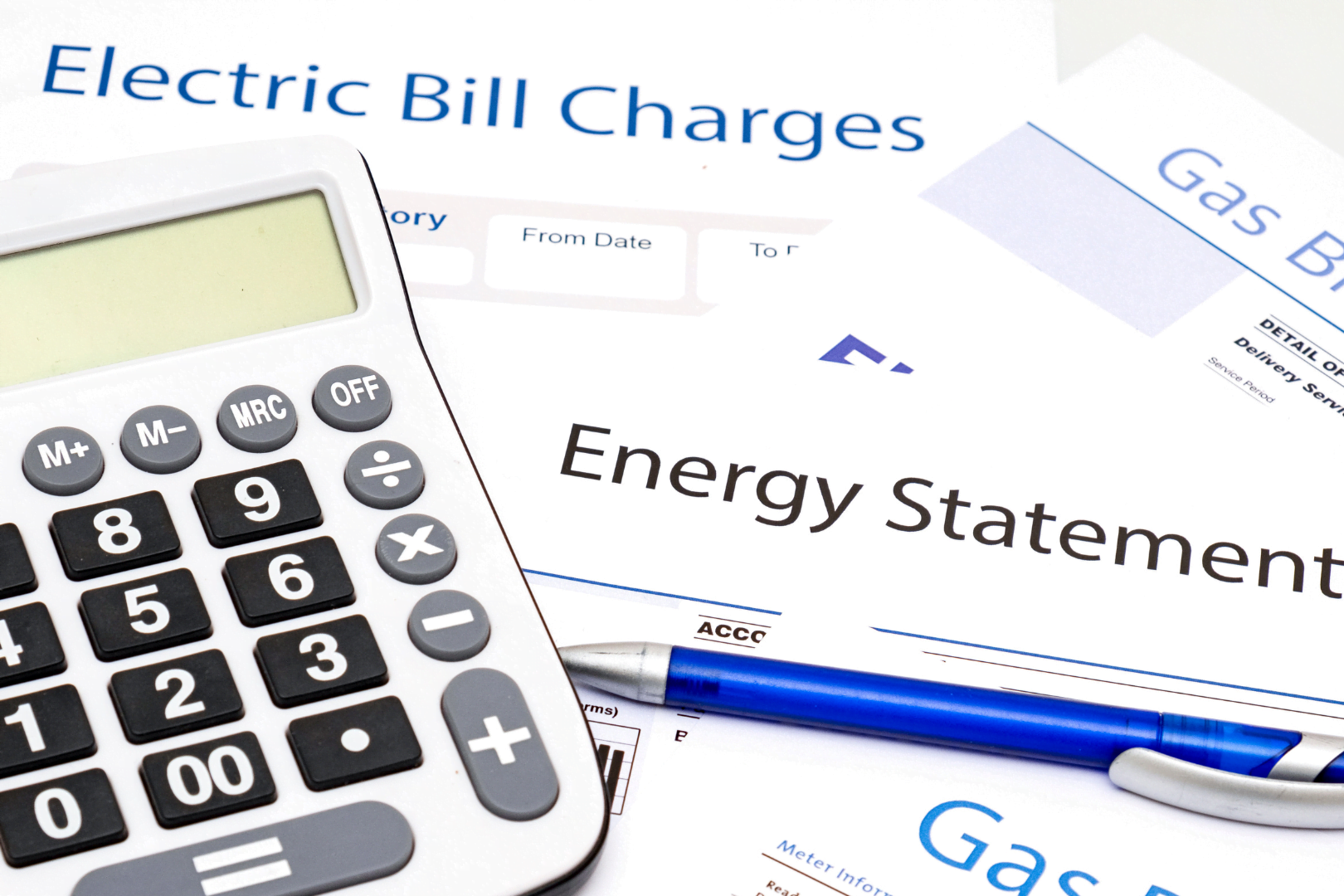Properly insulating exterior walls is crucial for energy efficiency, moisture control, noise reduction, and comfort in any home. While fiberglass batts have been the traditional go-to, spray foam insulation has become a popular choice for many homeowners. Let’s explore the basics of wall spray foam insulation, along with some ways that spray foam insulation can maximize energy savings and comfort in your home.
Understanding Spray Foam Insulation
Spray foam insulation starts out as liquid chemical components that are sprayed onto surfaces using special equipment. The liquids rapidly expand to coat cracks, fill gaps, and adhere to the enclosed area. Unlike pre-cut batt or rigid foam boards, the spray foam fully conforms to all surfaces and voids.
As it cures, spray foam hardens into a durable plastic-like material providing both insulation and structural enhancement. The millions of tiny cells trap air providing insulation performance far superior to traditional batt options.
Differences from Traditional Fiberglass Batt Insulation
Fiberglass batts rely on fitting batts into cavities, leaving the potential for gaps around electrical, plumbing, and framing. Spray foam adheres to all surfaces, sealing voids. It also provides more consistent insulation coverage in irregularly shaped cavities. When properly installed by qualified professionals, all air infiltration is virtually eliminated. While fiberglass batt insulation can settle over time, spray foam maintains full and even coverage for decades.
Benefits of Spray Foam Insulation for Energy Savings and Comfort
Spray foam insulation provides numerous performance benefits for walls:
Superior Insulation and Air Sealing
The tight adhesive seal created by spray foam stops air infiltration. This maximizes insulation value, as air gaps undermine effectiveness. Spray foam reduces heat transfer through walls compared to traditional insulation, which enhances heating, cooling, and dehumidification performance and efficiency.
Moisture and Condensation Control
Spray foam forms an impermeable barrier keeping humid interior air from reaching wall cavities where it can condense and cause moisture issues. Preventing vapor entry protects wood, insulation, and other building materials from mold, rot, and pests.
Noise Reduction
The dense cellular structure of cured spray foam dampens sound vibration transfer more effectively than old-fashioned fiberglass batts. This noticeably reduces noise transfer through walls, providing a quieter indoor ambiance.
Long Lasting Durability
Spray foam insulation maintains its high-performance air barrier and maximum insulation value for decades after proper installation. It will not compress, settle, or sag over time. Consistent insulation levels are maintained for years to come.
Continuous Coverage Around Obstructions
Spray foam easily adheres to any shape, coating around wiring, plumbing, ductwork, and framing obstructions in wall cavities that are more challenging to achieve with fiberglass batts. This prevents heat loss spots.
Maximizing Energy Savings
In addition to direct performance benefits, spray foam can also maximize energy savings through HVAC optimization and incentives.
Estimated Energy Efficiency Improvements
Homeowners tend to see noticeably lower energy bills from heating and cooling costs after having properly installed wall spray foam insulation. Exact savings depend on existing wall insulation levels, climate, HVAC equipment, and utility rates. Professional energy audits can help estimate potential savings.
HVAC Sizing Optimization
Because spray foam cuts heat transfer so dramatically, HVAC systems can often be downsized to save on equipment costs and operation. Consult with HVAC experts after insulation installation to determine if rightsizing units for the home’s new efficiency makes sense.
Qualifying for Rebates and Tax Credits
Many utility providers and state/local governments offer rebates and incentives for spray foam insulation installation to promote energy efficiency. These can offset project costs by hundreds or thousands.
Enhancing Comfort
In addition to energy savings, properly installed spray foam insulation also enhances home comfort and enjoyment in several ways:
Consistent Temperatures
The exceptional insulation and air sealing abilities of spray foam keep interior living spaces comfortably uniform in temperature with minimal hot or cold spots near exterior walls. Temperature swings are reduced as heat loss is minimized.
Draft Prevention
By stopping air infiltration, spray foam prevents uncomfortable wall cavity air currents and drafts from penetrating into living spaces. Perfect insulation barrier alignment ensures no gaps for drafts.
Reduced Humidity and Moisture
Controlling humidity buildup in walls by sealing them with impermeable foam insulation helps maintain comfortably moderate humidity levels indoors year-round. Excessive stickiness in summer or dryness in winter is prevented.
Less Noise Transfer
The dense sound-dampening qualities of spray foam insulation considerably reduce noise transfer through walls. Disruptive noises from busy streets, loud neighbors, airplane takeoffs, and other sources become less intrusive.
Together these enhancements make for more comfortable, peaceful interior living environments all year.
Key Takeaways on Wall Spray Foam
As we’ve seen, there are plenty of benefits to be had from installing spray foam installation in your home, including:
- Unparalleled insulation value and air sealing
- Controls humidity and condensation
- Enhances noise reduction significantly
- Long lasting consistent performance
- Seamlessly adheres into all voids
- Qualifies for rebates and tax credits
- Protects home durability and comfort
For maximum energy savings, moisture protection, and interior comfort benefits, spray foam is a smart choice for any homeowner. Investing in professional spray foam insulation pays dividends for decades through lower bills and more comfortable living environments.
Spray Foam Insulation from Cincinnati RetroFoam
Cincinnati RetroFoam delivers best-in-class professional wall spray foam insulation services for homeowners. Our rigorous adherence to industry best practices combined with comprehensive spray foam coverage providing peace of mind that your insulation will achieve full-rated R-value, maintain the pressure barrier, and provide durable high-performance insulation for decades to come. For superior wall spray foam insulation, choose RetroFoam.
FAQs
How much does wall spray foam insulation cost?
The national average cost for professional wall spray foam installation is $3.50 – $5.50 per square foot depending on the type of foam used. Overall costs depend on the square footage treated and local labor rates.
Does spray foam need additional vapor barriers?
High-density spray foam forms its own vapor barrier when installed at sufficient thickness, negating the need for additional vapor barriers. Check codes and manufacturer guidance.
How long does spray foam insulation last?
Properly installed spray foam insulation will not degrade over time and provides consistent insulation over the lifetime of the home, generally 50+ years. It’s a sound long-term investment.


